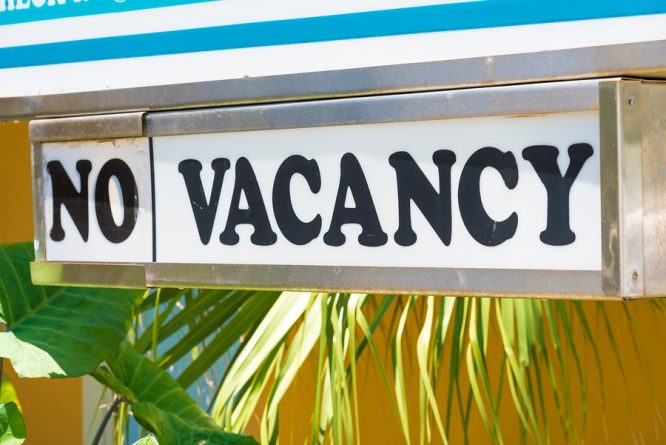Occupancy issues have spared few senior living operators in the past year, and signs are not good for the next year either. An overactive development market and declining absorption rate made for a relatively abysmal year for census figures in seniors housing and care. With that increased competition, sales and marketing are even more crucial to the success of every community. New communities have to fill their units without the aid of resident reviews and an established local reputation. Older communities have to convince seniors why their communities are better than the shiny new competitor down the street. But how do you reach those potential residents? How do train your sales staff to bring them in. And how do you measure the success of your efforts?
With those questions in mind, we hosted a webinar on January 17, 2019 (which you can still purchase and listen to here), called “Building Occupancy and Maximizing Value in Seniors Housing.” Our editor Steve Monroe moderated a discussion between Traci Bild, President and CEO of Bild & Company, and
Glenn Lombardi, Founder & CEO of Goldn. For over an hour, the pair talked about some best practices in seniors housing sales and marketing and why some communities manage to stay at 100% occupancy month after month. To find out more, check out the webinar. They also discussed the benefits and pitfalls of digital marketing, and we wanted to find out from our listeners how much sales and marketing teams should spend on it. Here is the question and the response:
Excluding salaries, what percent of your sales and marketing budget should go towards digital marketing?
20% of the budget – 31%
40% of the budget – 62%
60% of the budget – 8%
Another way of looking at it is that 93% of the respondents believe that 20% to 40% of your sales and marketing budget (excluding salaries) should be directed towards digital marketing.


